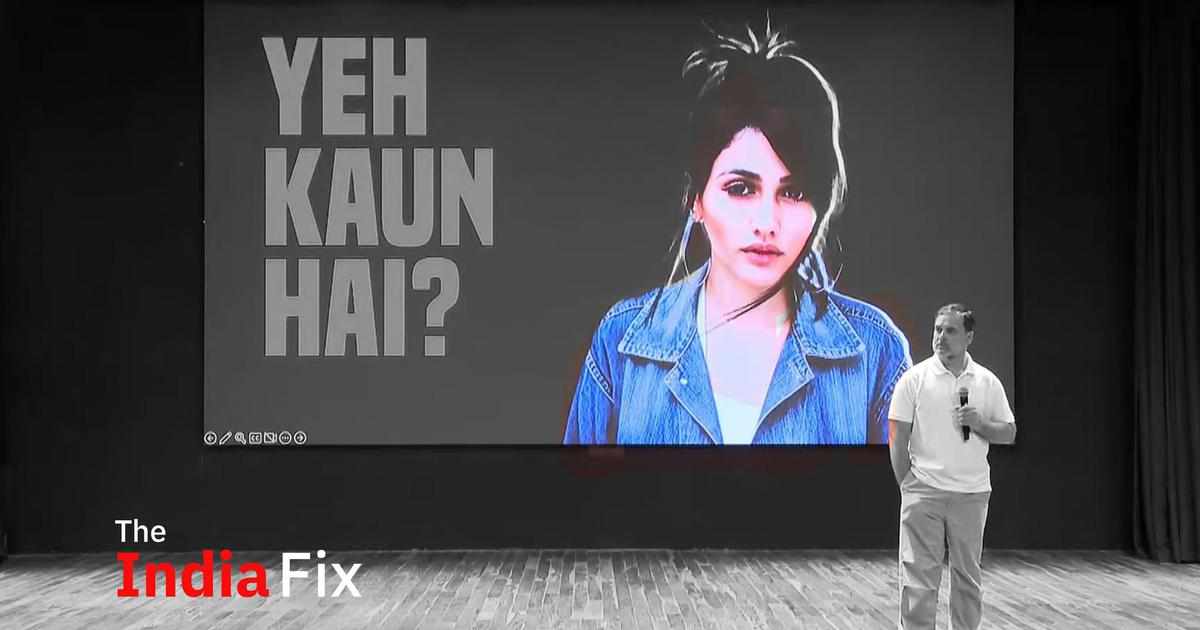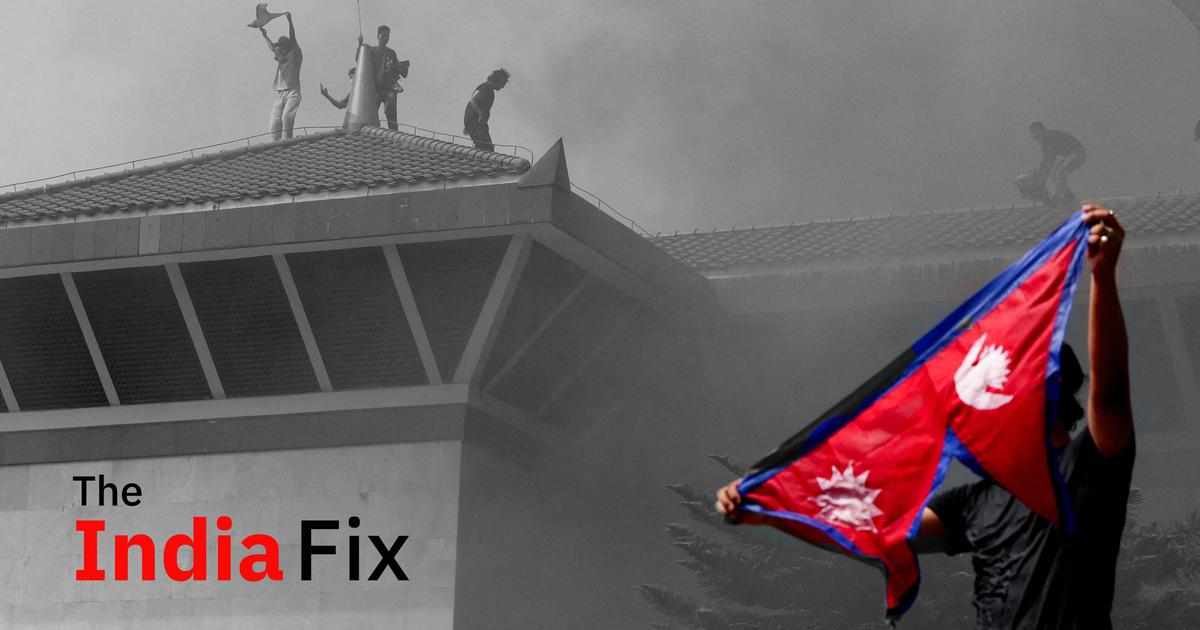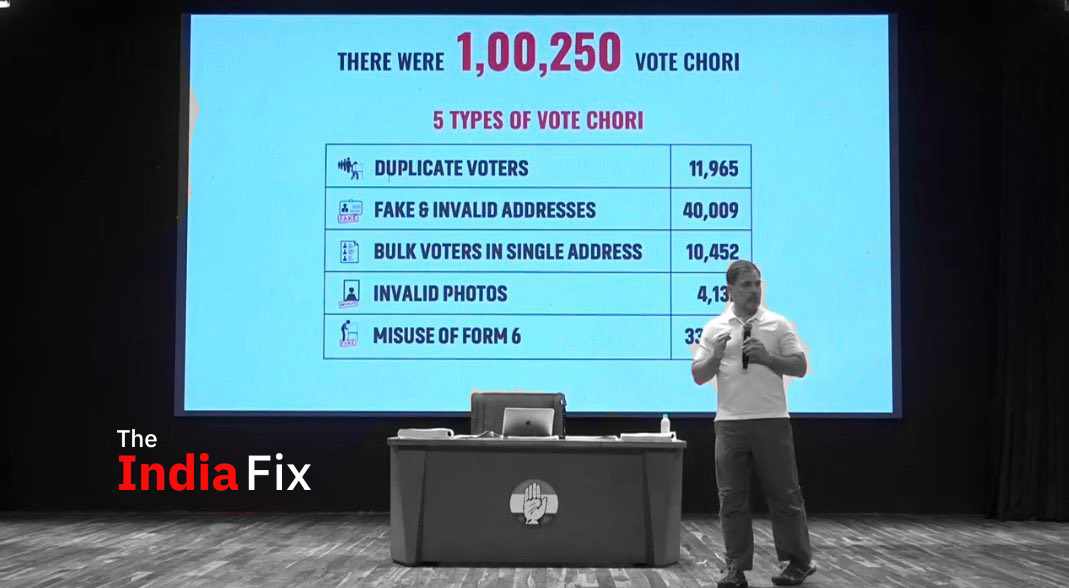
We have a special, out-of-turn India Fix for our readers this week given the momentous changes to Indian politics the new EWS quota might bring.
If you liked reading this, sign up here (click on “follow”) to get The India Fix in your inbox every Monday. Have feedback or interesting links? Send them to theindiafix@scroll.in.
On Monday, the Supreme Court of India affixed a judicial stamp of approval to the validity of the quota for poor members of the upper castes. Called the Economically Weaker Sections quota, the reservations of seats in educational institutions and government jobs had been effected by an amendment to the Constitution by Parliament in 2019.
This created a controversy because it offered a new rationale for reservations. Until then, quotas had been awarded to communities on the basis of their social and educational backwardness. This, in effect, meant that caste and tribal identity was the only factor for granting reservations. By and large, economic factors did not play a role. Although courts in India had added an economic rider to caste status in some cases, excluding the more affluent members of these communities who formed a “creamy layer”, this was an exception to the rule. Moreover, it had never been pushed by elected legislatures.
In effect, on Monday, the Supreme Court held that this new system of reservations based on economic criteria did not violate the “basic structure” of the Indian Constitution – a set of inviolable (though undefined) features that cannot be changed, even by the legislature.
A new politics
This was not a surprising verdict. Courts in India have always been sympathetic to pleas to have the basis for reservations changed from caste to class, given it is a popular elite Indian point of view. Moreover, the bar to strike down a Constitutional amendment is rather high (most judiciaries around the world do not even possess the power to do so). Third, the amendment had been passed with an overwhelming majority in both houses of Parliament. The Indian judiciary has rarely gone squarely against strong majorities and this was no exception.
What is surprising, though, is that this quota for the Economically Weaker Sections has received such massive political support – across the board. In the Lok Sabha, the amendment was passed with the incredible majority of 323 votes in favour and only three against. Only two minor parties opposed it – the Indian Union Muslim League (with two MPs) and the All India Majlis-E-Ittehadul Muslimeen (1 MP). In the Rajya Sabha, the decision was equally emphatic at 165-7. Only the Rashtriya Janata Dal, IUML and the Dravida Munnetra Kazhagam voted against the bill.
Astonishingly, the quota for Economically Weaker Sections has been endorsed even by parties for whom caste-based reservations are a fundamental tenet of ideology. In 2019, the Bahujan Samaj Party said that it welcomed the decision to introduce quotas for poor members of the upper castes. The Samajwadi Party also backed reservations for the Economically Weaker Sections, arguing that the other quotas should also be increased. In Bihar, the Janata Dal (United) parrotted the Samajwadi Party line that it supports the new upper caste quota but it should come with larger reservations for backward castes, Dalits and Adivasis.
After the judgement, the only major party that has strongly criticised the ruling has been Tamil Nadu’s Dravida Munnetra Kazhagam.
Undercutting caste reservations
Many commentators have pointed to the fundamental change the quota for the Economically Weaker Sections brings about in India’s affirmative action policy. Reservations were originally not a tool for poverty alleviation, which the state undertook using tools like welfare. Instead, they were introduced with the intention of offering representation to historically marginalised communities in elite spaces such as education, government jobs and legislatures. The quota for the Economically Weaker Sections, though, changes this, introducing economic criteria as a basis for reservations – a long-time demand from upper-caste interest groups.
This particular quota for the Economically Weaker Sections does not per se affect other reservations, since it is being carved out from the upper-caste-dominated portion of general quota seats. But many commentators fear that changing the basis for offering reservations sets up a dangerous precedent that could, one day, be used to dismantle caste-based reservations altogether.
Given this prognosis, what explains the support for quota for members of the Economically Weaker Sections even from Mandal and Ambedkarite parties?
The 1990s saw the emergence of parties representing various backward caste interests in the wake of the implementation of the Mandal Commission, which recommended expanding caste quotas to include Other Backward Classes. This, for the first time, led to the rise of OBC-led “Mandal” parties as well as Dalit-led parties that spoke of an Ambedkarities ideology that saw marginalised castes refusing to be represented by upper-caste led parties such as the Congress.
Kamandal>Mandal
Part of the answer for their support for the quota for members of the Economically Weaker Sections might lie in a massive shift in the political ground: the 1990s caste-based coalitions that allowed the rise of these parties are now dead. Thus, even though the reservations for the Economically Weaker Sections are contrary to the ideologies of these parties, they are being forced to support them out of political expediency.
Note what happened in Bihar after the judgement: the Bharatiya Janata Party launched a strong attack on the Rashtriya Janata Dal for opposing the quota for members of the Economically Weaker Sections, arguing that the backward-caste led party had no “moral right” to seek upper-caste votes now, even as the Rashtriya Janata Dal hurriedly clarrified that it was fine with the quota “in principle”. In the 1990s, the Rashtriya Janata Dal would have welcomed the BJP’s attack. Lalu Prasad Yadav had built the party precisely by challenging upper castes in Bihar and their hold on power.
However, in 2022, being seen as anti-upper caste could be damaging for the Rashtriya Janata Dal. Tejashwi Yadav, Lalu’s son and successor, has worked hard to change the image of his party from caste identity to one that highlights economic issues. In a 2021 television interview, for example, Yadav was very clear that the “era of social justice has passed”. Today’s Bihar needs “economic justice”, he said, emphasising that his party had members of every caste, even Brahmins.
Yadav’s assessment of the situation was backed up just recently in Assembly bye-elections in Bihar’s Gopalganj. In spite of a tie up between the the Janata Dal (United) and the Rashtriya Janata Dal – on paper a seemingly unbeatable caste coalition – the Bharatiya Janata Party won. This trend is not new. In 2019, the alliance of the Samajwadi Party and Bahujan Samaj Party – also formidable on paper – was routed by the BJP in Uttar Pradesh.
Voters don’t vote for caste equity politics
The politics of the 1990s was often characterised using the phrase Mandal versus Kamandal, referring to the politics of backward and Dalit mobilisation versus Hindutva. Three decades later, it is clear that Hindutva has won. Mandal and Ambedkarite parties have lost their voters to the BJP, which has done an efficient job of attracting backward and Dalit Hindus using a mixture of religious identity and welfare benefits. The only ideological pushback against the BJP’s strong push comes from Tamil Nadu’s DMK, which mixes caste equity with language-based nationalism.
In effect, the horizontal identity of caste as an overarching tool of politics is now dead. Like in the Congress in its heydey, backward caste and Dalit Hindus will exist in the same party as upper-caste Hindus. This trend is so strong that even parties that once built their politics on opposing forward castes are now trying to win their votes. Championing the idea of social justice now seems like a lose-lose proposition: it angers upper castes and, at the same time, does not attract backward caste and Dalit voters.
As the DMK’s example shows, in theory, the BJP’s vertical communal identity politics can be countered not with the horizontal identity of caste, but only with with the help of another vertical identity: language. Without this arrow in their quiver, the Mandal and Ambedkarite parties of the Hindi heartland have been forced to abandon an element that was core to their ideology just to stay afloat.






















Write a comment ...